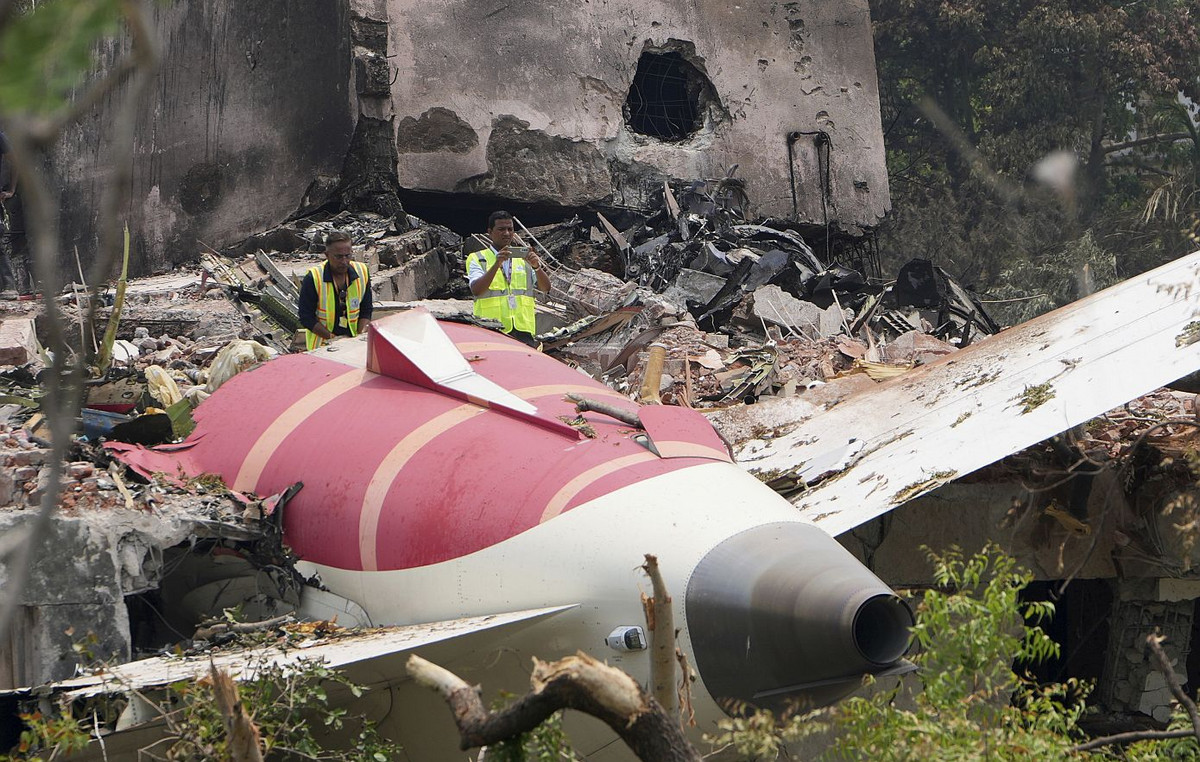The European Space Agency (ESA) published, this Monday (2), unprecedented images of the Orion Nebula captured by the James Webb telescope.
Nebulae are clusters of dust and gases of basic elements that can either form after the explosion of a star or act as a stellar “nursery”.
Located south of Orion’s belt, about 1,300 light-years from Earth, the nebula of the same name is one of the brightest ever identified by scientists.
In the images released, it is possible to see the Trapezio star cluster, which is located in the core of the Orion Nebula, and is one of those responsible for illuminating the gas and dust that make up the formation.

According to the statement released by ESA, the nebula hosts a “rich diversity of phenomena and objects, including:
- planet-forming streams and disks around young stars;
- embedded protostars;
- brown dwarfs;
- floating planetary mass objects;
- and photodissociation regions — the interface regions where radiation from massive stars heats, shapes, and influences the chemistry of the gas.”
The recordings were made by the NIRCam instrument, mounted on the telescope. Astronomers then transformed them into two mosaics, one with a short wavelength and the other with a longer one.

In the image above, according to information from the ESA statement, it is possible to observe ionized gas (represented by the color purple) and a mixture of dust and molecular gas (seen in red, brown and green).
The James Webb Telescope is an international partnership between NASA, ESA and the Canadian Space Agency (CSA).
Source: CNN Brasil
Charles Grill is a tech-savvy writer with over 3 years of experience in the field. He writes on a variety of technology-related topics and has a strong focus on the latest advancements in the industry. He is connected with several online news websites and is currently contributing to a technology-focused platform.







